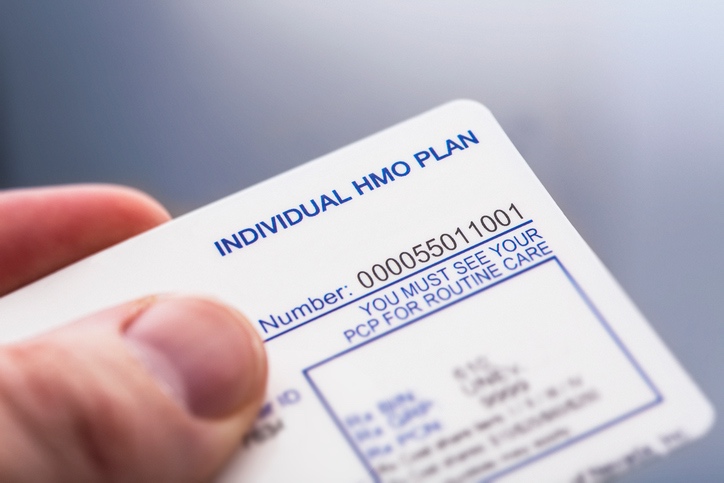
Everyone would like to pay lower health insurance premiums, but it can be a calculated risk where you are hoping to need little health care in order to lower your monthly payments.
How can you tell if the plan you considering is right for you?
Understand the lingo
To navigate the decision, you need to know three key terms:
- Premium: the fee you pay each month, quarter or year to keep your policy active. This is a set price and does not change depending on whether or not you use the policy.
- Deductible: the amount you pay out of pocket for your medical care; once you meet your deductible, the insurer takes over paying for the rest of your care.
- Out-of-pocket limit: the limit placed on how much you will be expected to pay for medical care within a year; once you exceed this, your provider takes over paying for care in full.
Who can benefit from a low premium/high deductible plan
Some people would argue that a high-deductible plan is universally unwise given that something could always happen to limit your ability to cover the deductible. That said, some are better suited to this type of plan than others.
You might benefit from such a plan if you:
- Are young and in good health
- Do not take unnecessary risks
- Work a low-risk job
- Are not pregnant and do not plan to become pregnant in the near future
- Contribute to a health savings account in addition to having your health insurance plan
Who can benefit from a high premium/low deductible plan
This is the safer, more predictable choice and ensures that a health emergency is affordable.
You may find this plan to be the better option if you:
- Can afford a high premium plan
- Are older
- Are in moderate health
- Work a high-risk job
- Are pregnant or plan to become pregnant
If a riskier, high-deductible plan is all you can afford, remember that it is better to have such a policy than no health insurance at all. Contact your insurance broker to find the policy that best suits your needs or speak to the experts at John B Wright Insurance.

Leave a Reply